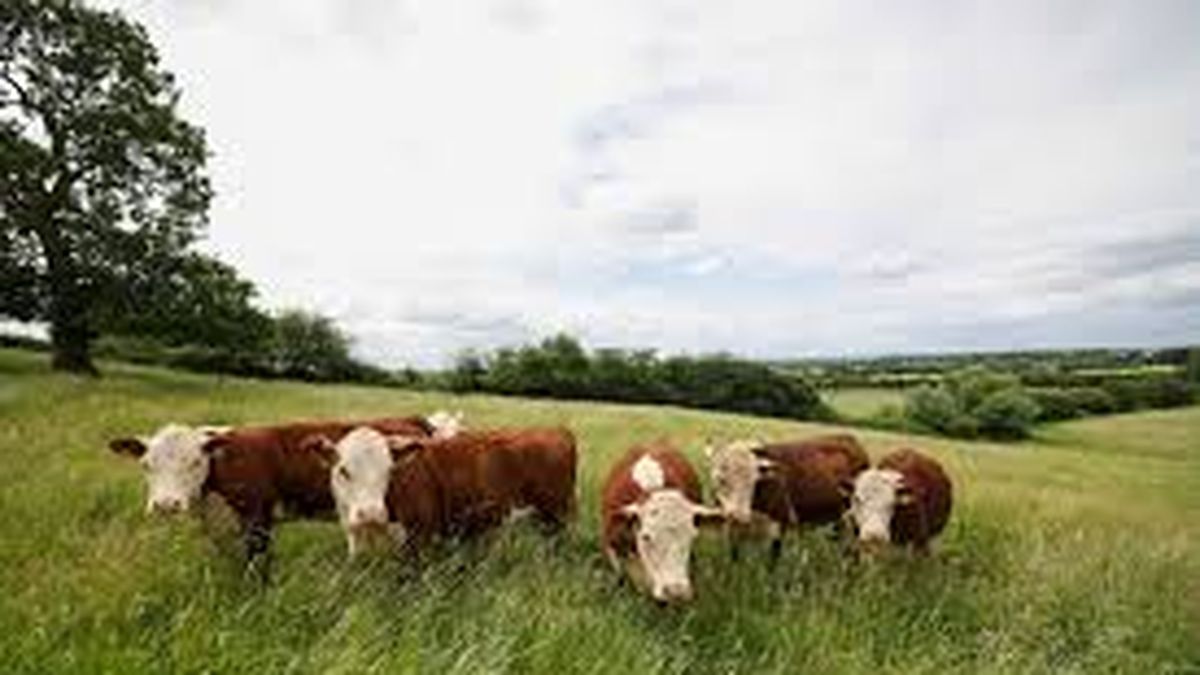The cattle raising It is one of the most polluting industries worldwide; However, the production vein of carbon neutral meat is opening up more and more in the international markets forcing producing countries to rethink their processes.
Agricultural activity and changes in land use used for the activity cause 18% of the total global emissions of greenhouse gases. With this, and from the fact that the climate change increasingly compromises the natural resources necessary for the economy of all countries, markets seek less polluting alternatives in their consumption.
Uruguay is positioning itself in the carbon neutral meat production before European and Asian countries. For this, four Uruguayan livestock producers obtained international certification ISO 14064-1, that guarantees and accredits the calculations made for the report of the Greenhouse Gases (GHG) of organizations, used as a method to calculate the carbon footprint.
“The credibility of the production of carbon neutral meat is based on international certification, based on international protocols,” he explained Sebastian Olaso Aguirregeneral manager of Barracas Livestockbelonging to Mosaic, to Ambit.
Emissions balance
For the production of this type of meat, a gas emissions calculation and the capture of the same that occur in the organization. “Carbon neutral meat is produced from a balance sheet that is made throughout the organization, just like an accounting balance sheet but with emissions and gas captures“said Olaso Aguirre.
Based on the calculation of everything emitted by production, for which cows are necessary – which emit methane gas in their digestive process -, as well as diesel for the meadows, fertilizer for seeds and pastures., Among other factors, how much emission is needed is calculated based on the calculations provided by international protocols.
“What we did was generate a capture equation based on pastures, which are what allow carbon dioxide to be captured through the process of photosynthesis. From the subtraction of emissions and captures, if the latter are more, it can be considered that meat is carbon neutral“explained the Mosaica manager.
Favorable conditions for the production of neutral carbon in Uruguay
In Uruguay, only 18% of livestock is produced with feedlot, a production technique where animals grow in pens and is one of the most polluting. “The emissions equation is broken when the rancher has a feedlot or a corral because there is a huge amount of cattle in a very small area without any sink or capture area,” remarked Olaso Aguirre.
However, the vast majority of meat production in Uruguay is done through pastures, where animals are found in large areas of field, allowing the capture of gases from greenhouse effect through the process of plant photosynthesis.
Exclusive and niche consumption
Yes ok Uruguay has the necessary conditions for carbon neutral meat is becoming more and more common, the value of certifications causes their prices to be high. “Producing carbon neutral meat is not more expensive, but certification is a cost,” the expert pointed out.
However, the certification allowed Uruguayan meat to enter other markets that demand this type of seal, a niche market. “There are consumers in Swiss or in South Korea that they are willing to pay a little more because it has the endorsement of international entities,” clarified the manager of the livestock farm.
Among the countries that consume this type of meat the most are South Korea, Switzerland, Germany, Holland, Denmark and Brazil. Regarding the consumption of Uruguay, Despite being sold at a differential, bone-in cuts, according to Olaso Aguirre, manage to sell very well.
Source: Ambito




